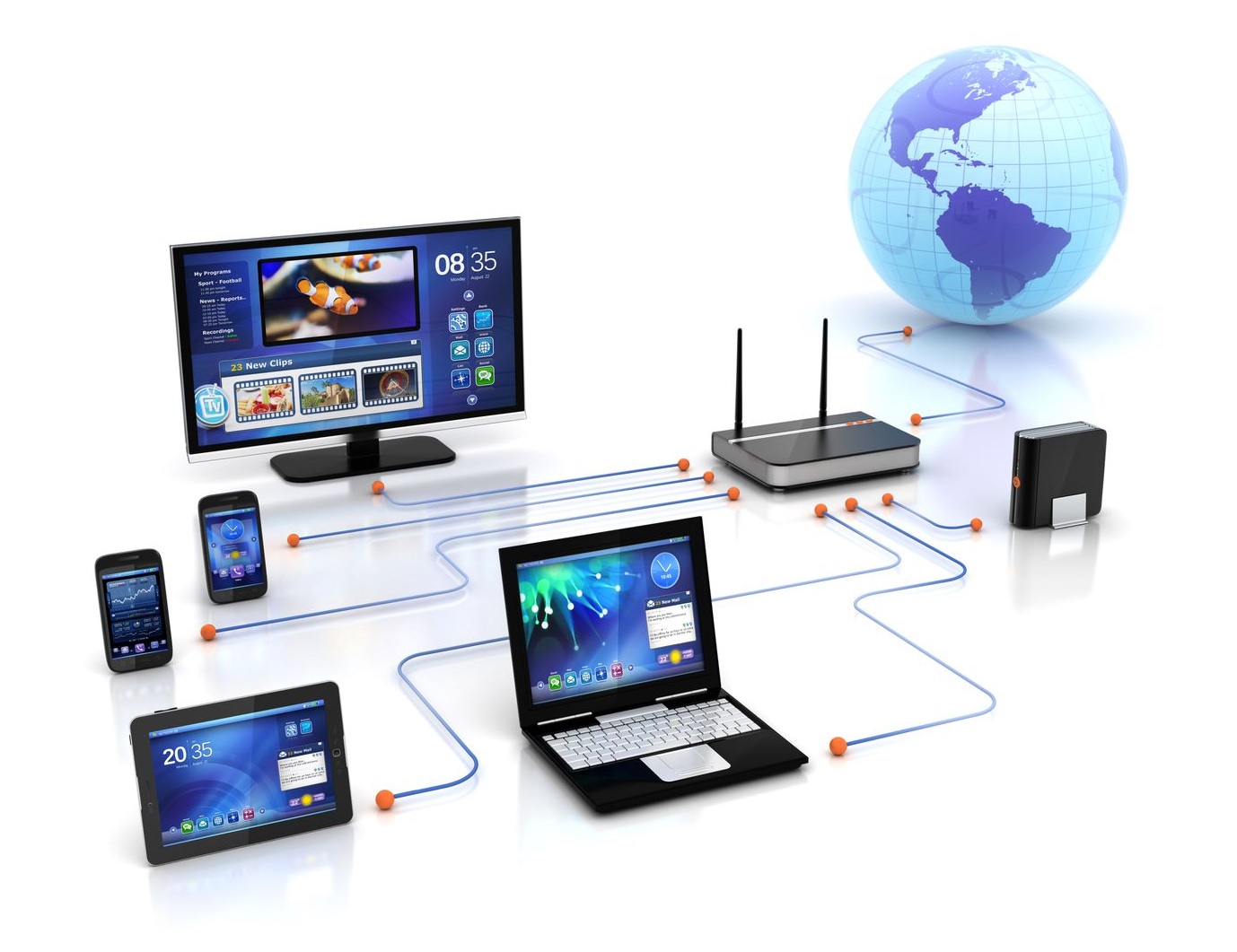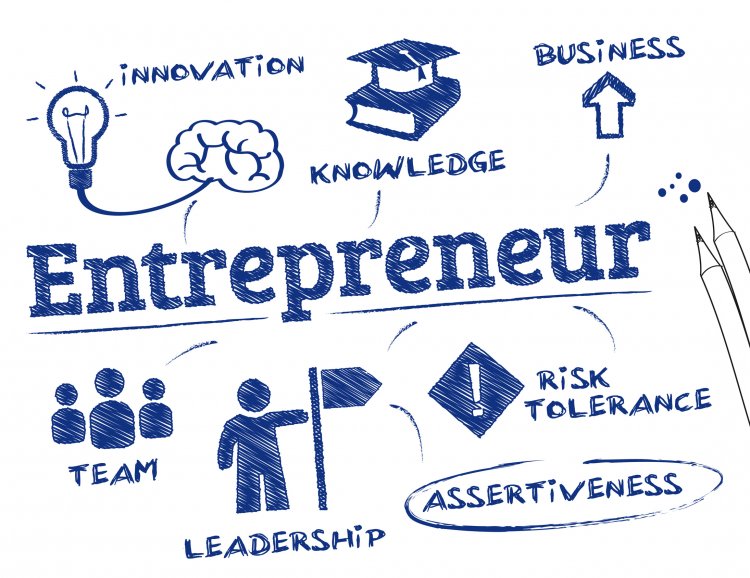
7 Courses

Year 1
EXPLORING INTERNATIONAL BUSINESS & MANAGEMENT (U58000-MCBM4004_1)
International business management offers students a deeper understanding of various business management practices, such as finance, marketing, supply chains, human resources, and operations from across the world. It helps students prepare for careers that involve working either abroad or for organizations conducting business on a global scale.
An international business & management module is a great way to learn how to operate a business on a global scale. Working professionals who take advantage of such opportunities not only have the chance to enhance their business knowledge but also have the potential to contribute their skills and expertise in other countries.
Module aims
· This module aims to actively engage students with the study of Business and Management by exposing them to the essential characteristics of organisations operating in a global context and the role of management within this. Students explore the functions of business, their interrelatedness and the impact of the external environment on business choices.
· Using a variety of media including simulation and published accounts of decisions being enacted by businesses and managers today, students are equipped with the core competencies and concepts required to analyse and research business and management problems with the intention to influence decision-making.
· This module will develop students’ academic and employability skills, in particular critical thinking, evidenced based decision-making and collaboration.
Learning Outcomes
· Explore the role of business functions and how they interrelate.
· Discuss and compare the impact of principal cultural, historical, economic, technological, and social contexts in local and global contexts on the different functions of business and management.
· Explore the impact of key environmental factors on decision making and organisational behaviour, recognising the international complexity and multiple perspectives associated with such factors.
· Demonstrate critical thinking skills to analyse and resolve organizational problems, applying a limited range of established techniques, to design and implement investigations with the intention of informing decision-making.
· Use communication and collaboration skills for a range of purposes (e.g. learning, persuasion, motivation) in face-to-face and online environments.
· Evaluate, within the context of ethics and diversity, own capabilities in leadership, followership and management and engage in personal development activity.

NETWORKING AND MULTIMEDIA (U08011-MCCO4011_1)
What is Computer Networking?
A computer network is a system that connects numerous independent computers in order to share information (data) and resources. The integration of computers and other different devices allows users to communicate more easily.
A computer network is a collection of two or more computer systems that are linked together. A network connection can be established using either cable or wireless media. Hardware and software are used to connect computers and tools in any network.
A computer network consists of various kinds of nodes. Servers, networking hardware, personal computers, and other specialized or general-purpose hosts can all be nodes in a computer network. Host names and network addresses are used to identify them.
What is Multimedia?
The word multi and media are combined
to form the word multimedia. The word “multi” signifies “many.” Multimedia is a
type of medium that allows information to be easily transferred from one
location to another.
Multimedia is the presentation of text, pictures,
audio, and video with links and tools that allow the user to navigate, engage,
create, and communicate using a computer.
Multimedia refers to the computer-assisted
integration of text, drawings, still and moving images(videos) graphics, audio,
animation, and any other media in which any type of information can be
expressed, stored, communicated, and processed digitally.
To begin, a computer must be present to coordinate
what you see and hear, as well as to interact with. Second, there must be
interconnections between the various pieces of information. Third, you’ll need
navigational tools to get around the web of interconnected data.
Multimedia is being employed in a variety of
disciplines, including education, training, and business.
Module aims
- The aim of this module is to cover the basics of networking and multimedia. The module will introduce basic protocols and techniques used in the communication of multimedia information over a network.
Learning Outcomes
- Demonstrate an understanding of basic network principles and protocols, the architecture of network and multimedia systems and the techniques for multimedia storage and communication.
- Understand the methods for synchronisation of multimedia data
- Identify and utilise trustworthy information sources, such as the ACM Digital Library to develop a coherent understanding of issues in the domain
- Identify and utilise trustworthy information sources, such as the ACM Digital Library to develop a coherent understanding of issues in the domain

